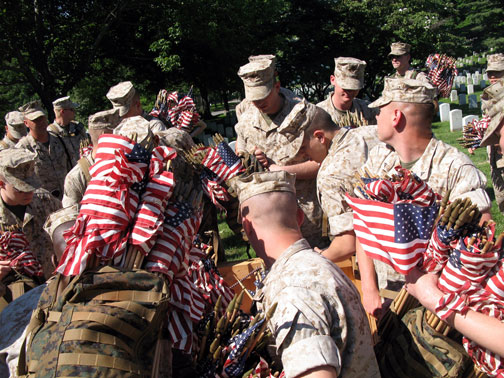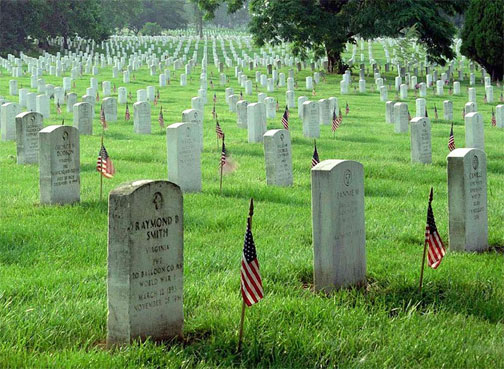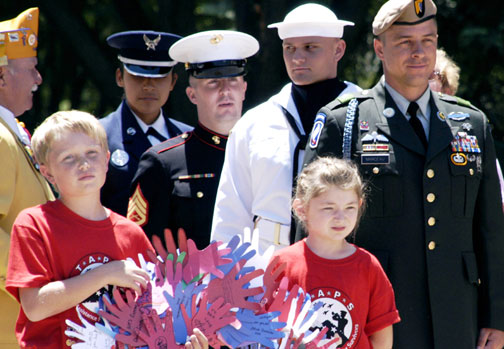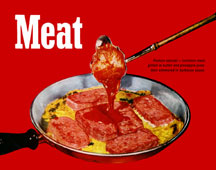For most of my life, Memorial Day signified the beginning of summer with a day off from school or work. When I was in college, Memorial Day usually fell during my final exams, so it was an extra study day. For the next couple of decades, my major goal on Memorial Day was to avoid the crowds at campgrounds, parks, and beaches.
But as I get older, I find myself thinking differently about Memorial Day. My new perspective began during the First Gulf War, when my brother-in-law was stationed in Bahrain. As Iraq hurled Scud missiles in his direction (and, remember, back then we feared these missiles might well contain chemical or biological weapons), I realized that my brother-in-law might die defending my freedom. For the first time in my life, the personal cost of war touched me. As it turned out, the Scuds were mostly duds, and my brother-in-law returned from the Persian Gulf safe and sound. But my heart had begun to change.
Then, as Senior Pastor of Irvine Presbyterian Church, I got to know several men who had served in the military, many in the Vietnam War. Listening to their experiences once more touched my heart. One of these men encouraged our church to adopt a tradition of singing The Navy Hymn (“Eternal Father, Strong to Save”) in the worship service prior to Memorial Day. We formed a men’s chorus, which I had the privilege to join. It was deeply moving to me to ask, in song, the Lord to protect those who put their lives in peril for the sake of our nation, and to do so with many brothers who had done this very thing. (To hear a portion of this hymn from a Navy choir, click here.)
In the last several years, my appreciation of Memorial Day has grown as I have had friends who have put their lives in harm’s way in Iraq. Though I haven’t known anybody who has been killed in this war, I have watched many news reports of families who have received the catastrophic news that their loved ones have died in battle. I find myself more and more moved by the sacrifice that people make for our country in general, and for me in particular. My gratitude is growing each year, and therefore my commitmen to make Memorial Day something more than the beginning of summer.
What we call Memorial Day was originally known as Decoration Day. It was a day to decorate the graves of the Union Soliders who had died in the Civil War. Over time, Decoration Day included all who had died serving our country in our armed forces. It was also known as Memorial Day from the 1880s, though this did not become the offficial title until 1967. Congress fixed the day of Memorial Day to the last Monday in May by passing a law in 1968 that was enacted in 1971. Previously, Memorial Day always fell on May 30. In 1970, Memorial Day was celebrated on a Saturday, the last “non-Monday” holiday.)
The core idea of Decoration Day – decorating the graves of fallen soldiers – has been forgotten by many Americans, but not at Arlington National Cemetery in Virginia. Every year, about 3,000 soldiers from the 3rd U.S. Infantry Regiment place American flags by the graves of all who are buried in Arlington, more than 250,000 flags in total. I’ll close with a couple of photos of this tradition and one from last year’s Memorial Day ceremony at the cemetery.
Soldiers preparing to put the flags by the graves:

Arlington National Cemetery with “flags in”:

Two children who lost their parents participate in Memorial Day ceremonies at Arlington:

(Photos of soliders and children from http://www.dvidshub.net/)
More from Beliefnet and our partners

